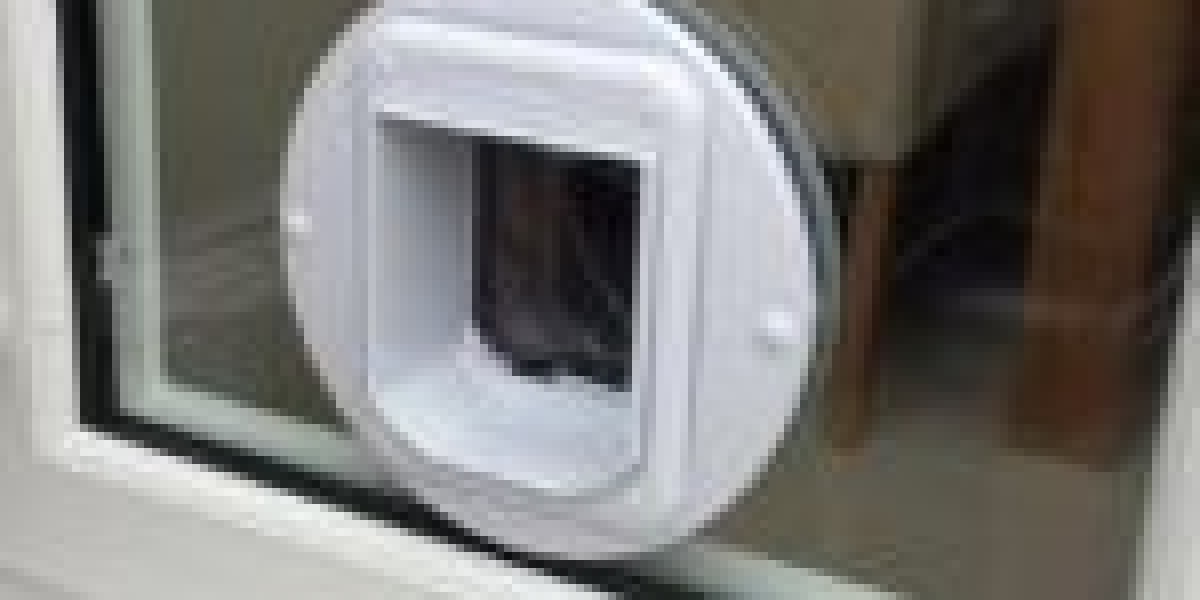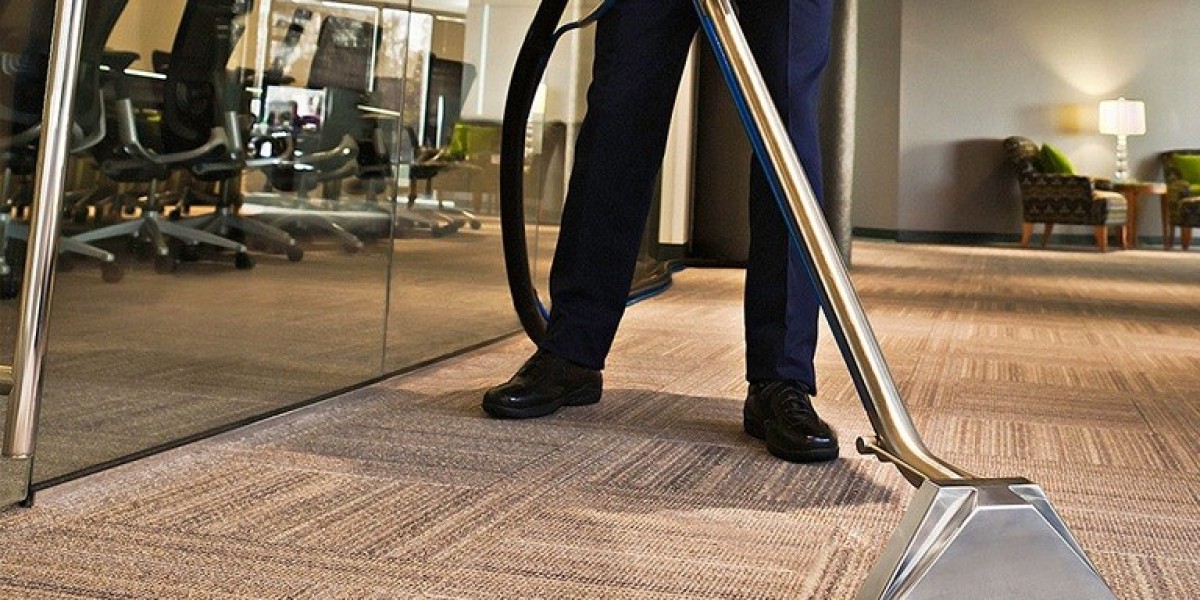
The Purrfect Passage: Expert Tips for Cat Flap Installation
For cat owners, the desire to supply their feline buddies with freedom and independence while maintaining the security and comfort of their home is a typical aspiration. A cat flap, seemingly a simple option, provides just that-- enabling your cat to come and go as they please without requiring you to play doorman. However, a badly installed cat flap can lead to draughts, security vulnerabilities, and frustrated felines. For that reason, comprehending the nuances of cat flap installation is important for both your cat's wellness and your comfort.
This article functions as a thorough guide to cat flap installation, providing expert tips and guidance to guarantee a smooth and successful project. Whether you're an experienced DIY lover or a first-timer, this guide will equip you with the understanding to create the purrfect passageway for your precious cat.
Selecting the Right Cat Flap: The First Step to Success
Before you even think about tools and templates, it is essential to pick the best cat flap for your needs and your home. The marketplace provides a varied series of alternatives, each with its own set of functions and advantages. Think about these aspects when making your selection:
- Type of Cat Flap: Cat flaps are not a one-size-fits-all option. They come in different types, each providing various levels of security and convenience:
- Standard Manual Cat Flaps: These are the easiest and most affordable alternatives, enabling any cat (or small animal) to enter and exit. They are appropriate for low-security environments.
- Magnetic Cat Flaps: These flaps react to a magnet attached to your cat's collar. They offer slightly better security by avoiding stray animals from entering.
- Infrared Cat Flaps: Similar to magnetic flaps, these utilize an infrared sensor that reads an unique collar tag. They are more secure than magnetic flaps and less prone to disturbance.
- Microchip Cat Flaps: The most sophisticated option, these flaps are triggered by your cat's unique microchip, guaranteeing just your pet can get entry. This provides the highest level of security and control, avoiding unwanted animals from entering your home.
- Material and Durability: Cat flaps are usually made from plastic or aluminium.
- Plastic flaps are typically more budget friendly and lighter but might be less resilient and more prone to weathering.
- Aluminium flaps are more robust, weather-resistant, and safe, typically featuring a stronger locking system.
- Size of Your Cat: Ensure the flap opening is big enough for your cat to go through comfortably without having a hard time. Consider your cat's size and type when picking. Step your cat from chest to ground and include a couple of inches for comfy clearance.
- Installation Location: Where will you be installing the cat flap? Doors, walls, and windows each present different installation obstacles and require specific types of cat flaps or extra accessories like tunnels for thicker walls.
- Budget plan: Cat flaps vary in price from basic manual models to high-tech microchip versions. Set a budget plan and think about the long-lasting worth and security benefits when making your option.
Preparation is Paramount: Setting Yourself Up for Success
Once you have chosen the perfect cat flap, proper preparation is key to a smooth installation. Rushing into the process can cause errors and disappointment. Take the time to plan and gather whatever you need beforehand:
Choosing the Right Location: Carefully think about the area for your cat flap.
- Security: Choose a location that is not easily accessible to trespassers and preferably far from public view.
- Accessibility for Your Cat: Ensure the area is quickly accessible for your cat, both inside and outside. Think about the height from the ground and any obstacles.
- Convenience for You: Select a place that is practical for access and maintenance but doesn't interrupt the circulation of your home.
- Avoiding Utilities: Check for any surprise wires, pipes, or structural components within the wall or door where you prepare to set up the flap.
Gathering the Necessary Tools and Materials: Having all the right tools at hand will make the installation process a lot easier. Necessary tools generally include:
- Cat flap set: This ought to include the cat flap itself, a template, screws, and potentially a tunnel extension depending upon the model and installation type.
- Pencil and ruler/tape step: For marking and determining properly.
- Drill: With appropriate drill bits for pilot holes and potentially larger bits for cutting if needed by your picked method.
- Jigsaw or Keyhole saw: For cutting the opening for the cat flap (depending on product and installation technique).
- Screwdriver: To protect the cat flap in place (typically a Phillips head screwdriver).
- Safety glasses and gloves: For safety during cutting and drilling.
- Sealant (optional): To seal around the cat flap and avoid draughts and water ingress, especially for external doors and walls.
- Level (optional): To ensure the cat flap is set up directly.
Measuring and Marking: Accuracy is important for a correct fit.
- Utilize the design template supplied: Most cat flap sets feature a design template. Use this to accurately mark the cutout location on your picked place.
- Consider your cat's height: Position the template at a suitable height for your cat. The bottom of the flap ought to be low enough for comfortable entry and exit however not too low that it enables rain or dirt to go into easily.
- Double-check measurements: Before you start cutting, double-check all your measurements and markings to avoid errors.
Step-by-Step Installation in a Wooden Door (Example)
Installing a cat flap in a wooden door is a typical DIY task. Here's a general detailed guide:
- Mark the Cutout: Tape the template provided with your cat flap set onto the door at the wanted location. Use a pencil to trace the overview of the template onto the door.
- Drill Pilot Holes: Using a drill and a drill bit somewhat larger than the width of your jigsaw blade (or keyhole saw), drill pilot holes at each corner of the marked outline and possibly a few along the straight edges to make beginning the jigsaw simpler.
- Cut the Opening: Using a jigsaw or keyhole saw, carefully cut along the marked overview, connecting the pilot holes. Take your time and follow the line accurately. Guarantee you use safety glasses and gloves throughout this step.
- Test Fit and Sand (if required): Before totally inserting the cat flap, test fit it in the opening. If it's too tight, carefully sand down any rough edges of the cutout till the flap fits comfortably.
- Insert and Secure the Cat Flap: Place the two halves of the cat flap consultancy flap (inner and outer frame) into the opening from either side of the door. Align the screw holes.
- Screw Together: Using the screws provided, tighten the 2 halves of the cat flap together. Do not overtighten, as this could damage the door or the cat flap.
- Seal (Optional): Apply sealant around the edges of the weatherproof cat flap installation flap where it meets the door frame for included weatherproofing and insulation.
Installation Considerations for Different Materials
While wood doors are reasonably straightforward, installing cat flaps into other materials requires different approaches:
- Glass Doors and Windows: Installing a cat flap in glass needs specialized tools and know-how. It is strongly recommended to work with a professional pet door installer glazier to cut and set up a cat flap in glass. Trying this yourself can be harmful and risks shattering the glass.
- UPVC Doors: UPVC doors typically have reinforced panels or might include metal parts. Installation can be complicated and might require professional assistance. Carefully check the door's building before trying DIY installation or seek advice from the door maker's guidelines.
- Walls: Installing a cat flap in a wall requires producing a tunnel through the wall density. This usually involves buying a tunnel extension set that matches the depth of your wall. The installation process is comparable to door installation however requires cautious planning and possibly more extensive cutting and sealing.
Post-Installation Tips: Welcoming Your Cat to Freedom
When the cat flap is installed, the task isn't quite completed. Here are some tips for helping your cat adjust and maximizing your new cat flap:
- Introduce the Cat Flap Gradually: Don't anticipate your cat to utilize the flap right away. Start by propping the flap open and motivating your cat to stroll through it with treats and positive support.
- Draw with Treats and Toys: Place deals with or toys on either side of the flap to incentivize your cat to check out and use it.
- Patience is Key: Some cats adapt rapidly, while others may require time. Be client and avoid requiring your cat through the flap, which can create negative associations.
- Look for Draughts and Security: After installation, check for any draughts or spaces around the cat flap. Guarantee it is securely fitted and operating properly.
- Routine Maintenance: Keep the cat flap tidy and devoid of debris. Occasionally inspect the locking mechanism and hinges to ensure they are functioning smoothly.
By following these tips and taking your time with the installation process, you can develop a safe, practical, and inviting cat flap for your feline good friend, boosting their liberty and improving their life while preserving the comfort and security of your home.
Regularly Asked Questions (FAQs) about Cat Flap Installation
Q: Can I install a cat flap in any door?
A: While cat flaps can be installed in the majority of types of doors, some need more specialized methods or professional aid. Wood doors are the easiest for DIY installation. Glass doors and UPVC doors may need professional installation.
Q: How high should I set up a cat flap?
A: The ideal height depends on your cat's size, however typically, the bottom of the flap should be around 10-15 cm (4-6 inches) from the ground. This permits most cats to travel through comfortably without having to crouch too low.
Q: What tools do I truly need for Cat Proofing Door Installation flap installation?
A: Essential tools include a drill, jigsaw or keyhole saw, screwdriver, pencil, ruler/tape step, and shatterproof glass and gloves. A sealant weapon and sealant are recommended for external doors and walls.
Q: How long does it require to set up a cat flap?
A: For an easy installation in a wood door, it can take anywhere from 1 to 3 hours, depending on your DIY experience and the intricacy of the door. Installation in other materials or walls may take longer.
Q: What if I am not confident in my DIY abilities?
A: If you are uncomfortable with DIY jobs, it is constantly best to employ a professional handyman or carpenter to set up the cat flap for you. This guarantees an appropriate and secure installation, especially for more complex installations like glass or UPVC doors and walls.
Q: How can I stop roaming felines from using my cat flap?
A: Microchip cat flaps are the most effective method to prevent stray animals from entering your home as they just open for your cat's signed up microchip. Magnetic and infrared flaps use some, but less reputable, security.
Q: Do cat flaps allow draughts?
A: Modern cat flaps are created with draught-excluding features like brushes or magnetic closures. Nevertheless, correct installation and sealing are crucial to minimize draughts.
Q: How do I train my cat to utilize a cat flap replace flap?
A: Patience and positive reinforcement are crucial. Start by propping the flap open, utilizing deals with and toys to draw your cat through. Gradually minimize the openness of the flap as your cat gets more comfy.
Q: Can I install a cat flap in a wall?
A: Yes, cat flaps can be installed in walls. This normally requires a tunnel extension kit to connect the inner and outer frames through the thickness of the wall. Wall installations might be more complicated and need careful planning.

Q: What maintenance is needed for a cat flap?
A: Regularly tidy the flap and surrounding location to get rid of dirt and debris. Examine the hinges and locking mechanism periodically and tighten up screws if required. Lubricate hinges with silicone spray if they become stiff.







